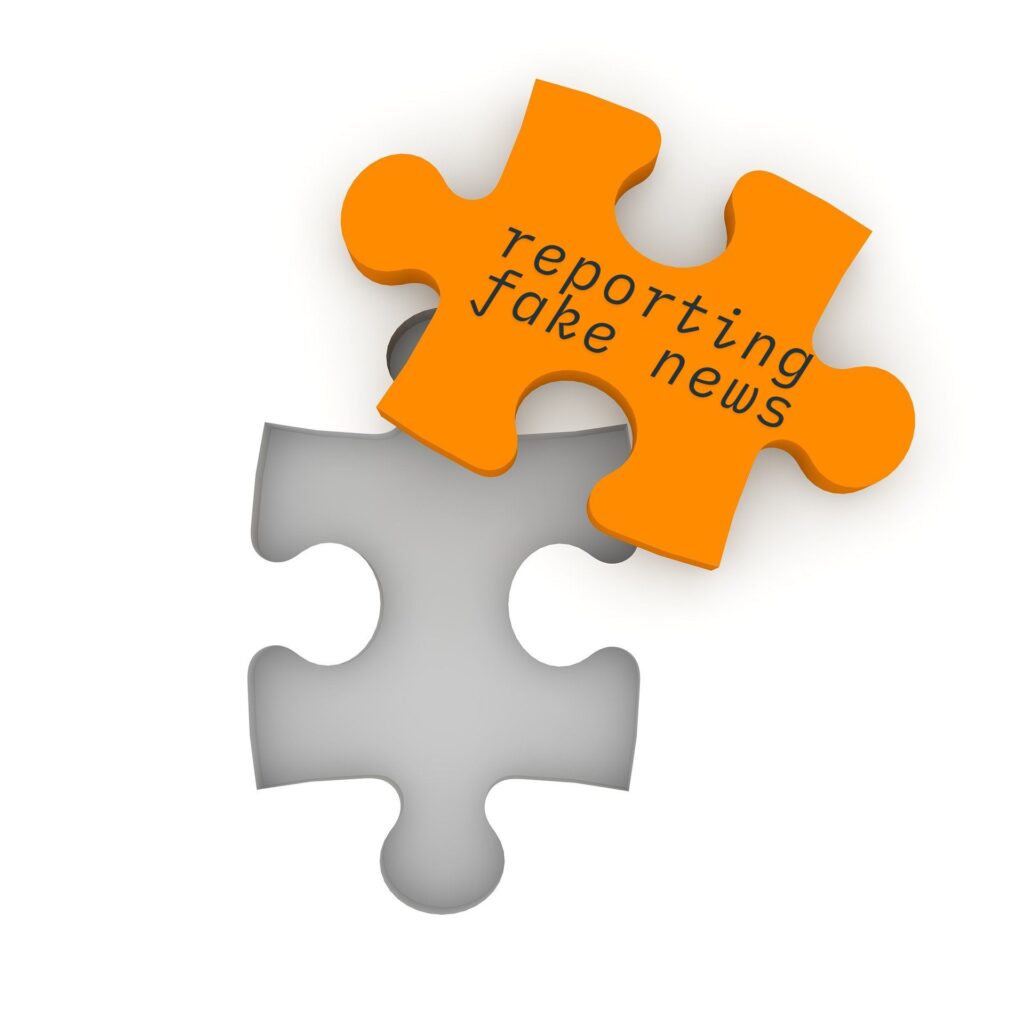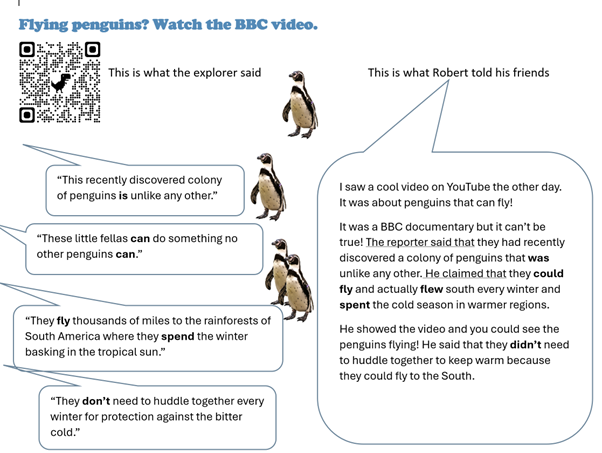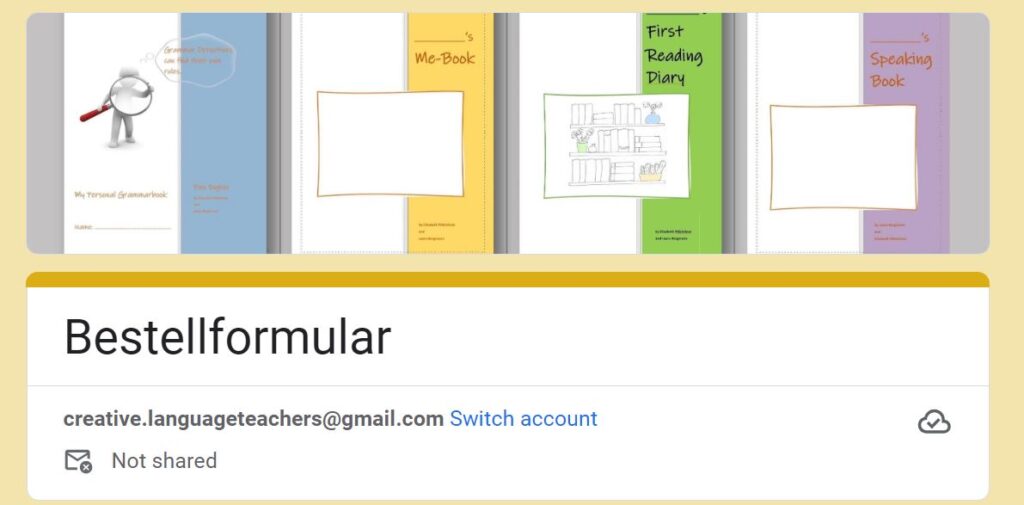The best time to teach or review and practice a grammatical structure is always when the current situation requires or calls for that particular meaning and form.
April 1st is the ideal day to talk about fake news. We tell jokes, and many newspapers and media channels spread fun fake news on this day. Check out the BBC videos for April 1st.
I cannot share this year’s BBC prank yet, but I would like to share an old one that is ideal for practicing reported speech.
Here is the video about flying penguins that I have used many times to practice reporting fake news. Unlike many reporting exercises in textbooks and workbooks, shifting tenses is necessary and natural here because we want to distance ourselves from the fake information.
Check out the activity pages for this video. Students will find that little Maxi believes every word of this video and therefore uses the present tense to talk about these cool creatures. His older brother Robert, who has a better understanding of penguins, understands that the information in the video cannot be true. He will use the past tense to distance himself from the fake news.
Open the worksheets by clicking on the image below. The pages are from our GRAMMAR BOOK. Also check out the teaching tips for these pages in the Lehrerhandbuch.
For more ideas on how to teach reporting, see the chapter in the grammar book and my page on reporting.
Click on the image to download the worksheets.
Fake news are an interesting topic for all ages — use April Fool’s Day for a little grammar boost on reported speech. Add a clearly defined puzzle piece to your students’ grammatical competence.
Remember: Teach ONE Meaning at a time.



